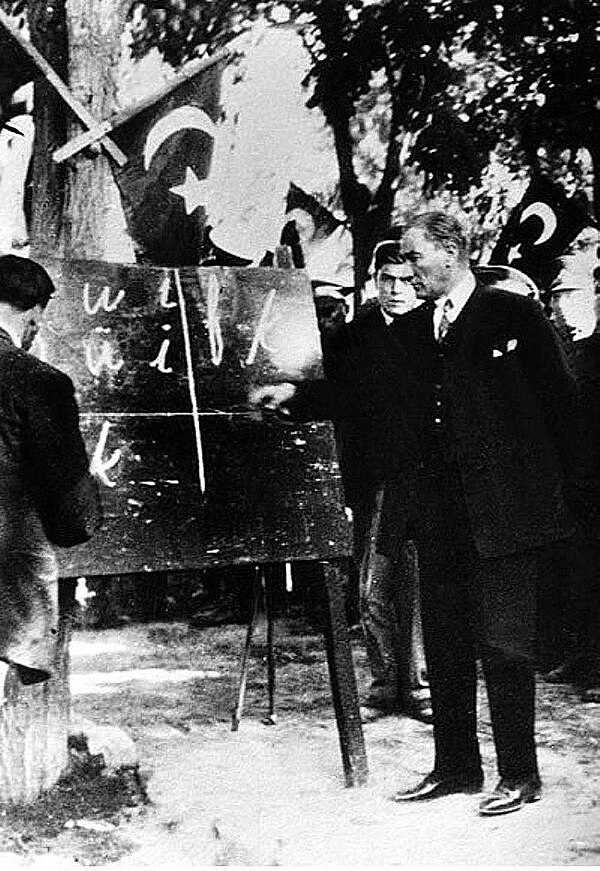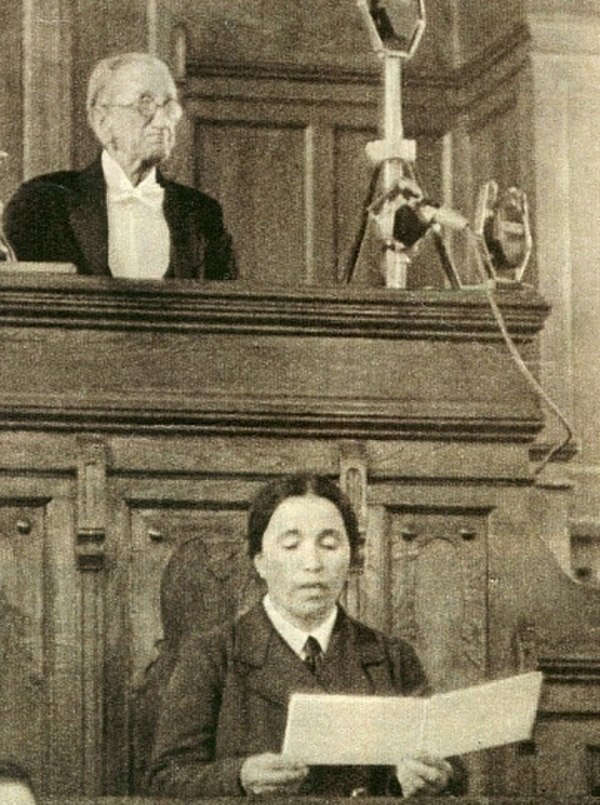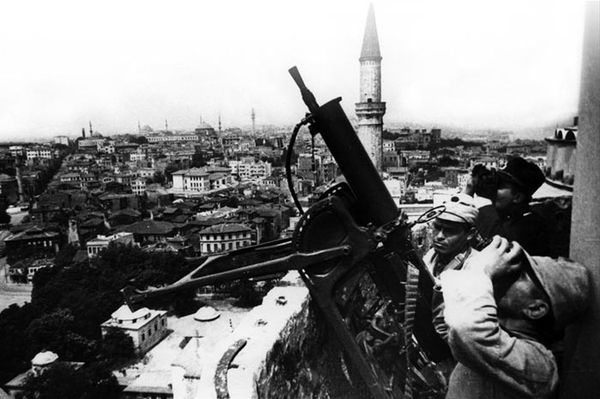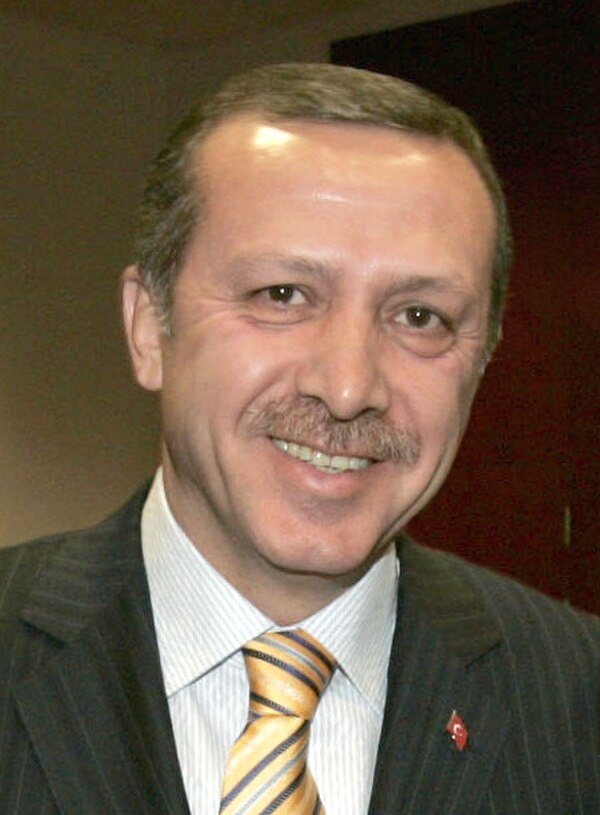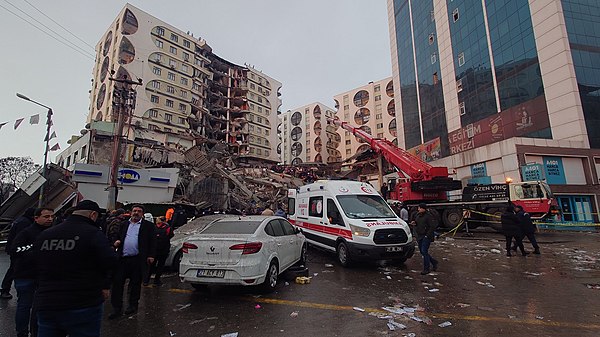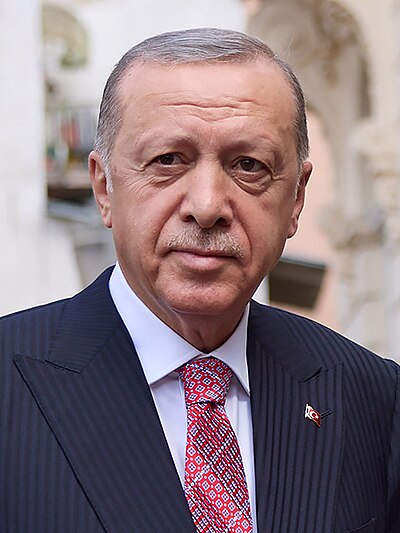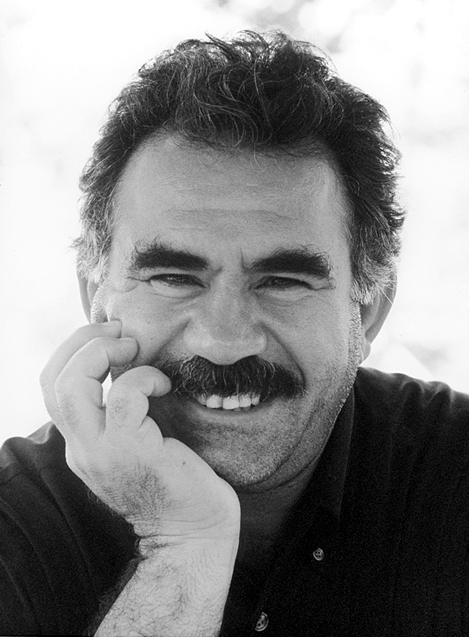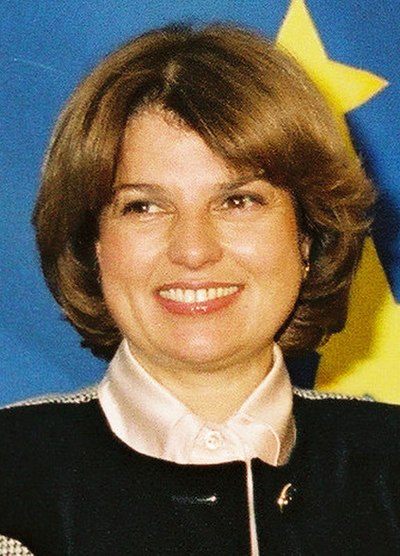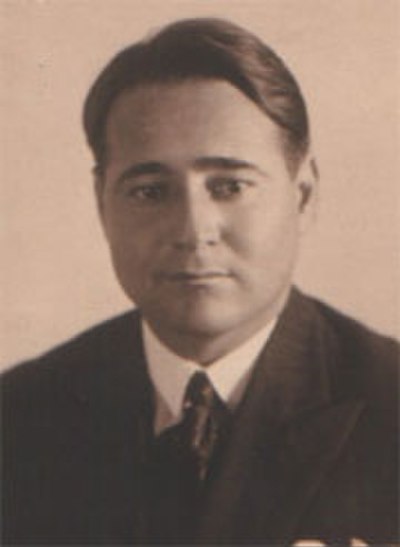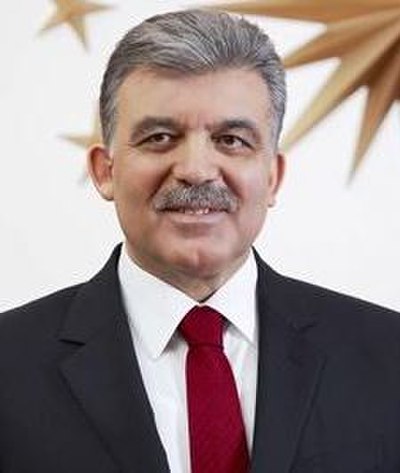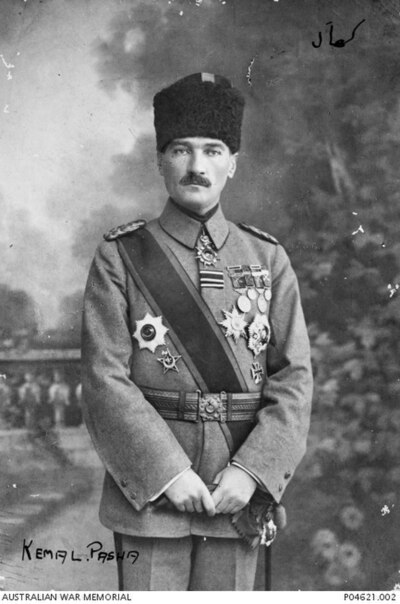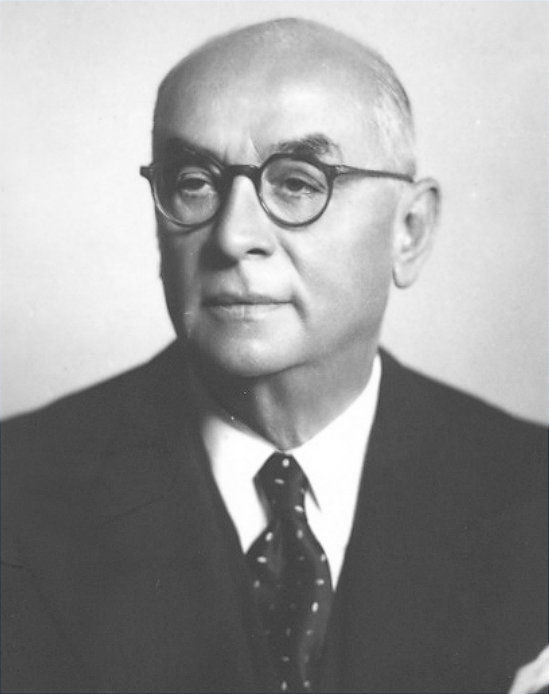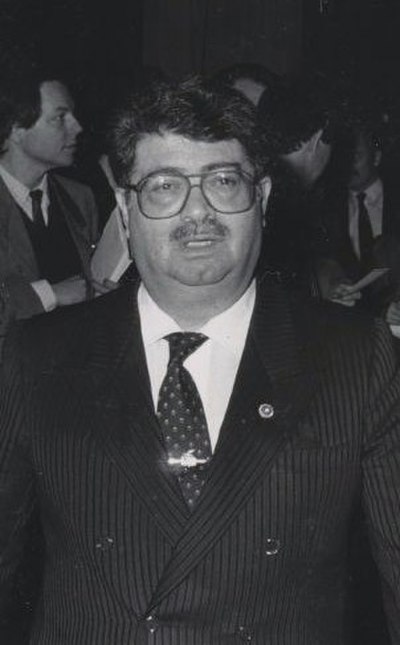As the 1960s wore on, violence and instability plagued Turkey. An economic recession late in that decade sparked a wave of social unrest marked by street demonstrations, labour strikes and political assassinations. Left-wing workers' and students' movements were formed, countered on the right by Islamist and militant Turkish nationalist groups. The left carried out bombing attacks, robberies and kidnappings; from the end of 1968, and increasingly during 1969 and 1970, left-wing violence was matched and surpassed by far-right violence, notably from the Grey Wolves. On the political front, Prime Minister Süleyman Demirel's centre-right Justice Party government, re-elected in 1969, also experienced trouble. Various factions within his party defected to form splinter groups of their own, gradually reducing his parliamentary majority and bringing the legislative process to a halt.
By January 1971, Turkey appeared to be in a state of chaos. The universities had ceased to function. Students, emulating Latin American urban guerrillas, robbed banks and kidnapped US servicemen, also attacking American targets. The homes of university professors critical of the government were bombed by neo-fascist militants. Factories were on strike and more workdays were lost between 1 January and 12 March 1971 than during any prior year. The Islamist movement had become more aggressive and its party, the National Order Party, openly rejected Atatürk and Kemalism, infuriating the Turkish Armed Forces. Demirel's government, weakened by defections, seemed paralyzed in the face of the campus and street violence, and unable to pass any serious legislation on social and financial reform.
The 1971 Turkish military memorandum (Turkish: 12 Mart Muhtırası), issued on 12 March that year, was the second military intervention to take place in the Republic of Turkey, coming 11 years after its 1960 predecessor. It is known as the "coup by memorandum", which the military delivered in lieu of sending out tanks, as it had done previously. The event came amid worsening domestic strife, but ultimately did little to halt this phenomenon.






